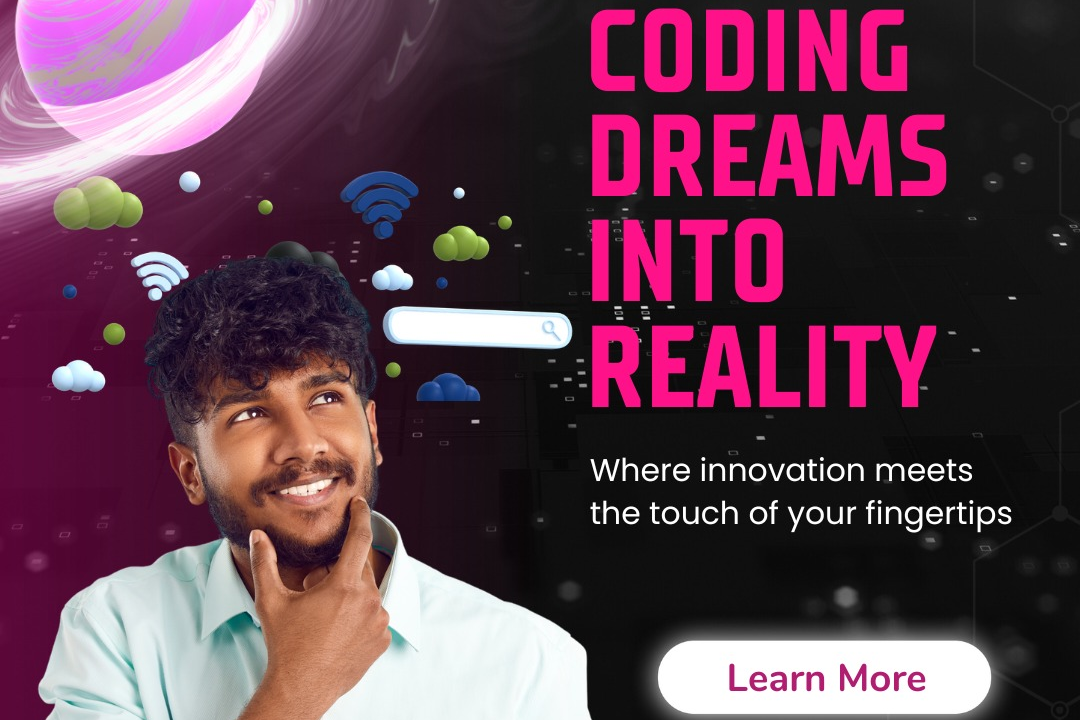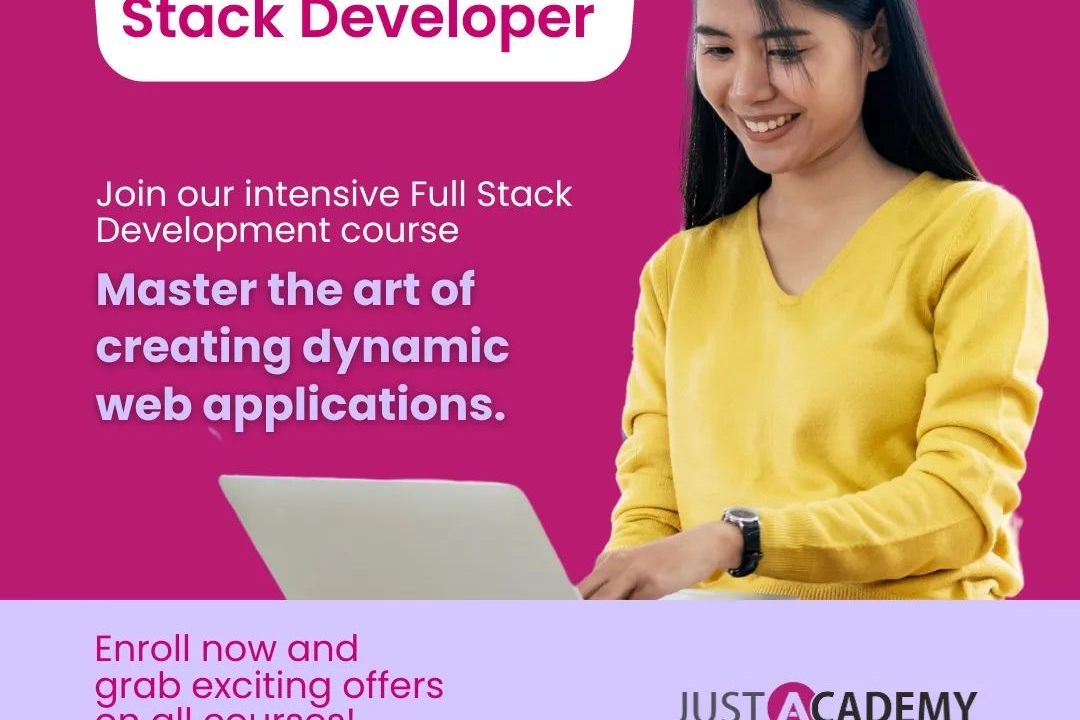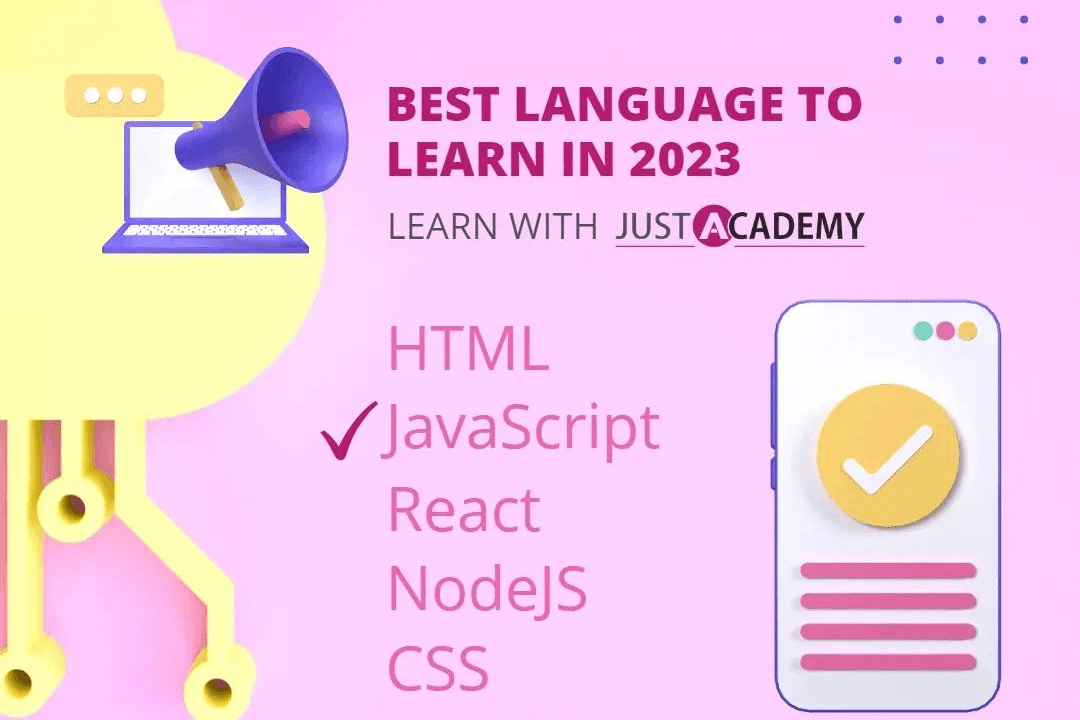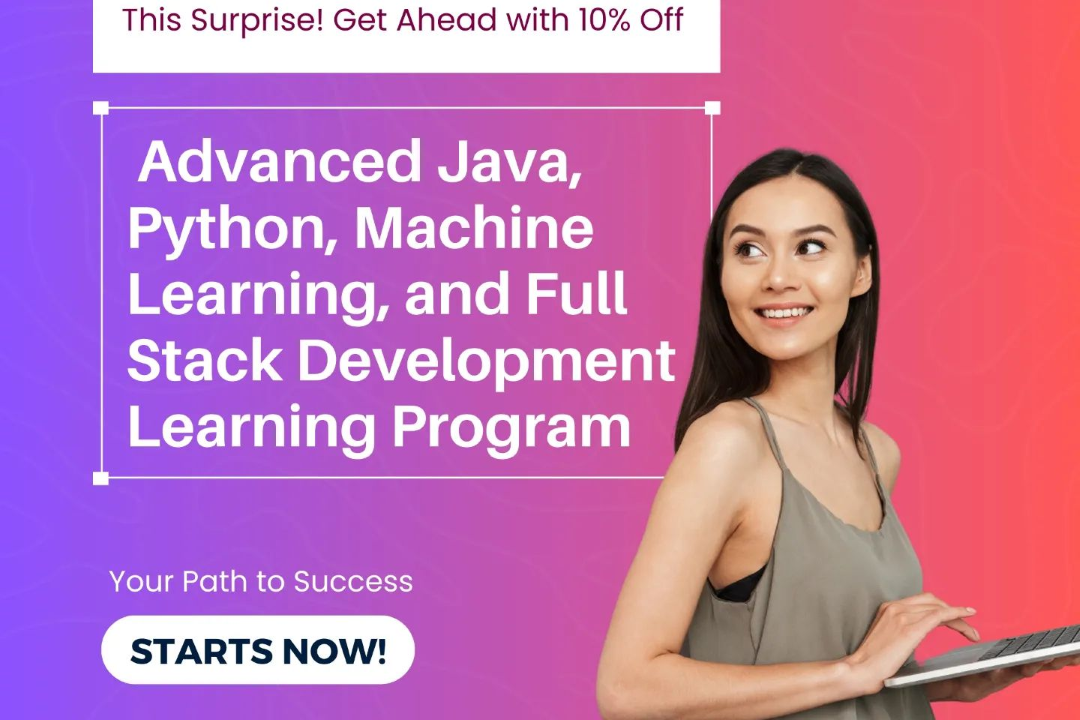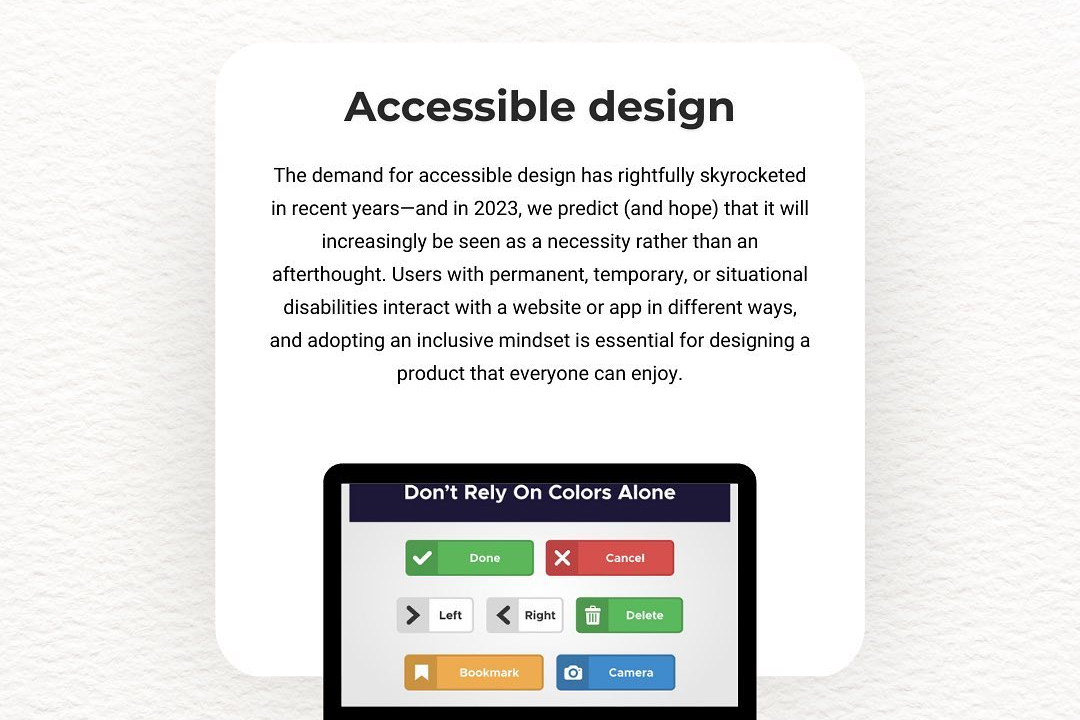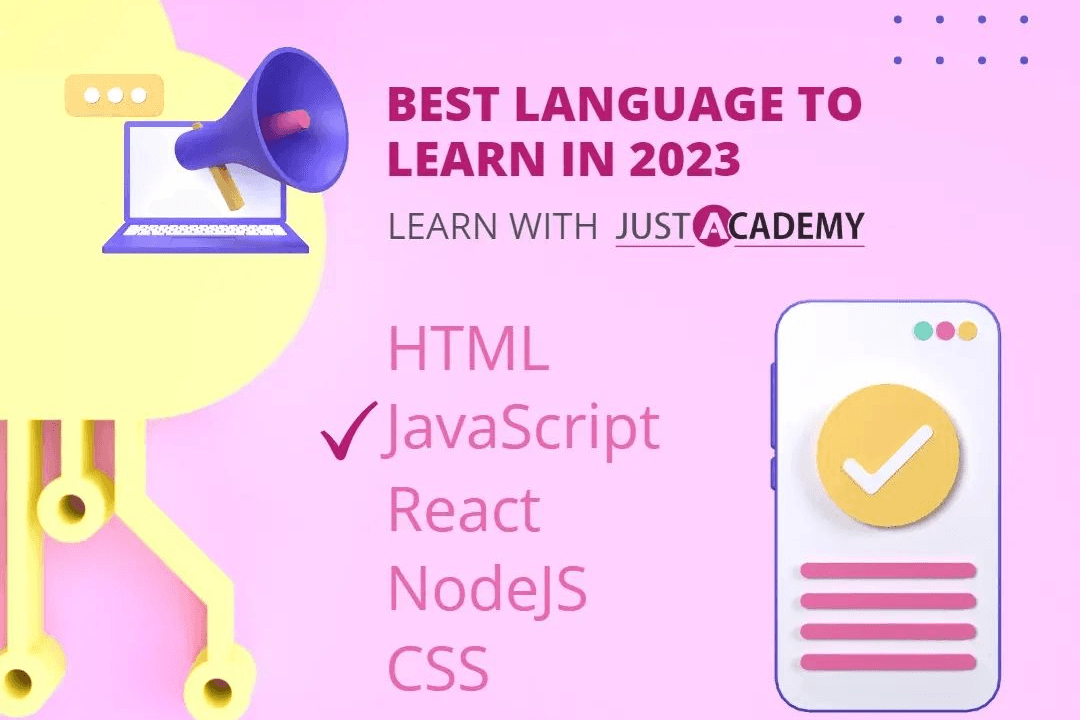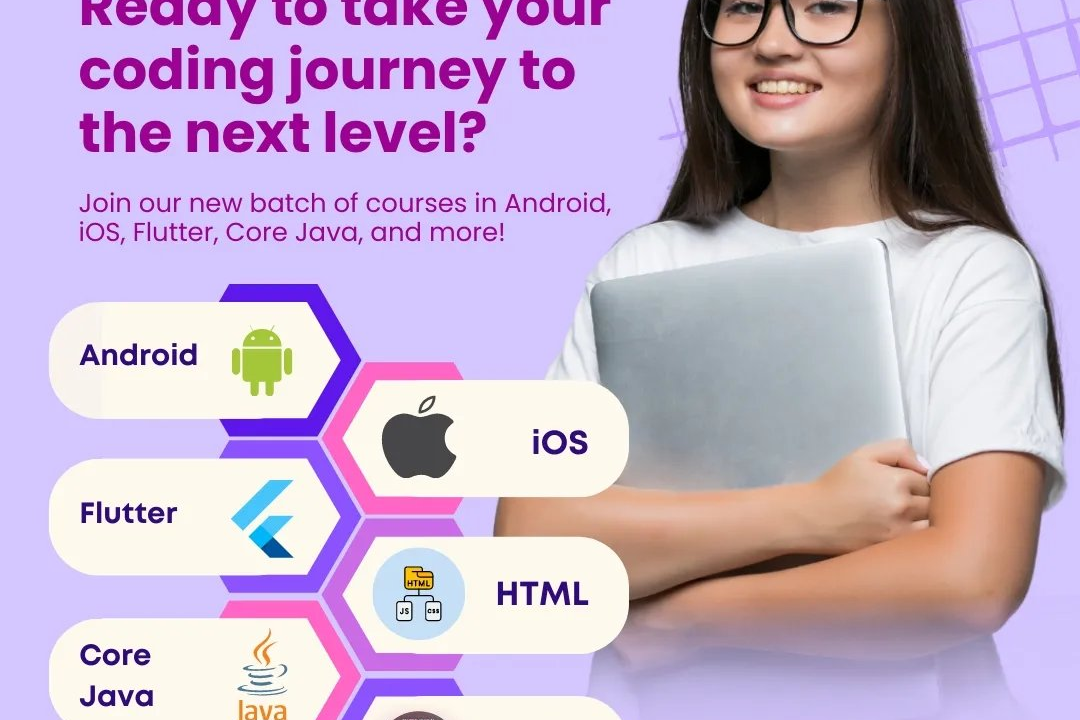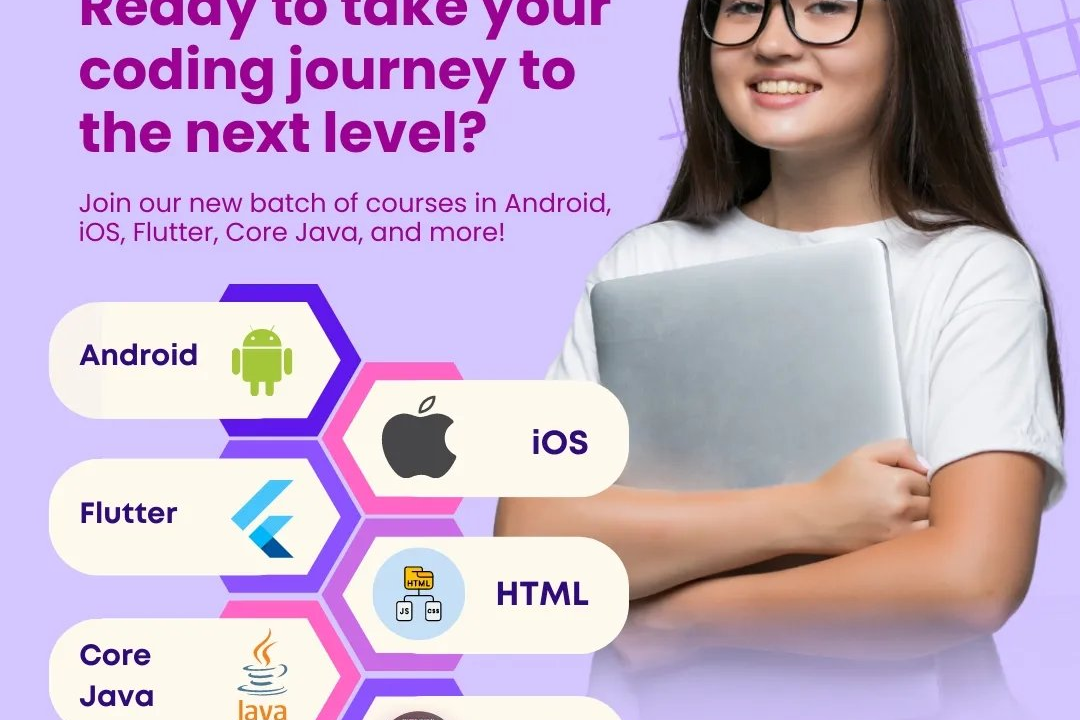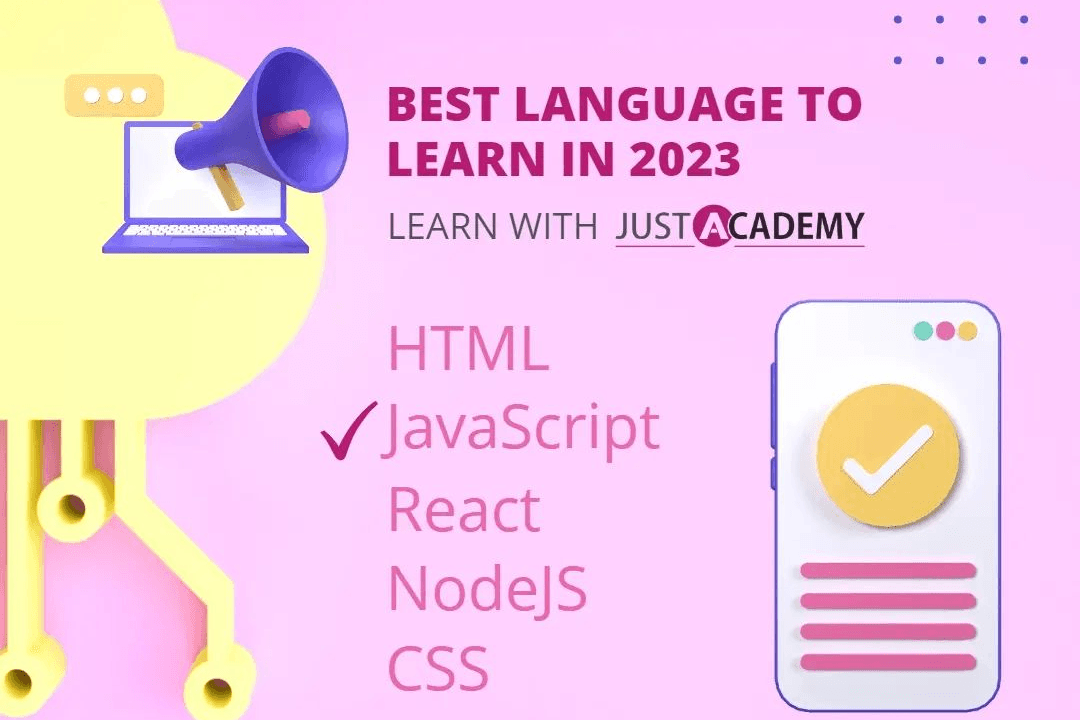Page Turning Effect Flutter
The page turning effect in Flutter is an engaging visual animation that simulates the experience of
Page Turning Effect Flutter
The page turning effect in Flutter is a visually appealing animation that enhances user interaction by mimicking the experience of flipping through the pages of a book. This effect is particularly useful in applications that require users to browse through content, such as e-books, galleries, or portfolios, as it provides a familiar and intuitive navigation method. By implementing this effect, developers can improve user engagement and create a more immersive experience, allowing for a smoother transition between pages and making the app feel more dynamic and responsive. Ultimately, the page turning effect contributes to a richer user experience, encouraging exploration and retention.
To Download Our Brochure: https://www.justacademy.co/download-brochure-for-free
Message us for more information: +91 9987184296
The page turning effect in Flutter is a visually appealing animation that enhances user interaction by mimicking the experience of flipping through the pages of a book. This effect is particularly useful in applications that require users to browse through content, such as e books, galleries, or portfolios, as it provides a familiar and intuitive navigation method. By implementing this effect, developers can improve user engagement and create a more immersive experience, allowing for a smoother transition between pages and making the app feel more dynamic and responsive. Ultimately, the page turning effect contributes to a richer user experience, encouraging exploration and retention.
Course Overview
The “Page Turning Effect in Flutter” course is designed to equip learners with the skills needed to create captivating and interactive user interfaces in their Flutter applications. This course covers the principles of implementing realistic page turn animations, enhancing the overall user experience through visual engagement. Participants will explore various techniques, including the use of Flutter's animation libraries and custom widgets, to create fluid transitions between pages that mimic the tactile sensation of flipping through a book. By the end of the course, learners will have hands-on experience with real-time projects, enabling them to effectively integrate the page turning effect into their own applications, thus making their projects stand out with dynamic aesthetics and seamless navigation.
Course Description
The “Page Turning Effect in Flutter” course offers an in-depth exploration of creating immersive and engaging page turn animations within Flutter applications. Participants will learn to implement realistic transitions that enhance user experience, utilizing Flutter's powerful animation framework and custom widgets. Through a series of hands-on projects, learners will gain practical skills in designing fluid animations that replicate the tactile experience of flipping through pages, making their applications visually appealing and user-friendly. By the end of the course, students will not only understand the technical aspects of the page turning effect but will also be equipped to enhance their own projects, setting them apart in the competitive app development landscape.
Key Features
1 - Comprehensive Tool Coverage: Provides hands-on training with a range of industry-standard testing tools, including Selenium, JIRA, LoadRunner, and TestRail.
2) Practical Exercises: Features real-world exercises and case studies to apply tools in various testing scenarios.
3) Interactive Learning: Includes interactive sessions with industry experts for personalized feedback and guidance.
4) Detailed Tutorials: Offers extensive tutorials and documentation on tool functionalities and best practices.
5) Advanced Techniques: Covers both fundamental and advanced techniques for using testing tools effectively.
6) Data Visualization: Integrates tools for visualizing test metrics and results, enhancing data interpretation and decision-making.
7) Tool Integration: Teaches how to integrate testing tools into the software development lifecycle for streamlined workflows.
8) Project-Based Learning: Focuses on project-based learning to build practical skills and create a portfolio of completed tasks.
9) Career Support: Provides resources and support for applying learned skills to real-world job scenarios, including resume building and interview preparation.
10) Up-to-Date Content: Ensures that course materials reflect the latest industry standards and tool updates.
Benefits of taking our course
Functional Tools
1 - Flutter SDK: The backbone of the course, the Flutter Software Development Kit (SDK) provides a rich set of tools, libraries, and widgets necessary for building natively compiled applications. Students will learn how to leverage the SDK to create visually appealing page turning effects, harnessing its powerful widget tree and composition capabilities. Knowledge of the SDK helps in understanding the framework's architecture, state management, and overall environment for app development.
2) Dart Programming Language: Dart is the programming language used for Flutter applications. In this course, students will become proficient in Dart syntax, object oriented programming principles, and asynchronous programming techniques. A strong grasp of Dart enables learners to implement complex animations and optimize app performance while managing state effectively.
3) Animation Libraries: The course introduces various animation libraries available within Flutter, such as ‘flutter_animation_set’ and ‘flutter_staggered_animations’. These libraries provide pre built animations and additional functionality, allowing students to quickly integrate a variety of animations into their applications. Understanding these libraries enhances learners’ capability to create sophisticated and engaging user interfaces.
4) Development Environment Setup: Students will be guided through setting up a complete development environment using tools like Android Studio and Visual Studio Code. This setup includes installing necessary plugins, SDK configurations, and debugging tools. Mastery of the development environment ensures that learners are equipped to write, test, and debug their Flutter applications efficiently.
5) Flutter DevTools: Flutter DevTools is a suite of performance and debugging tools that streamlines the development process. In this course, students will learn how to use DevTools for analyzing app performance, inspecting widget trees, and troubleshooting issues. Proficiency in these tools is essential for optimizing the page turning effects and ensuring a smooth user experience.
6) Simulators and Emulators: The course emphasizes the use of simulators and emulators to test applications on various devices and screen sizes. Students will gain hands on experience in running their projects on real and virtual devices, allowing them to understand responsiveness and adaptability in their designs. This practical experience equips learners with skills to fine tune their applications for different platforms.
7) Version Control Systems: A key component of the course is the introduction to version control systems like Git. Students will learn best practices for managing code versions, collaborating on projects, and maintaining project histories. Proficiency in Git is crucial for working effectively in team settings and ensuring project integrity throughout the development lifecycle.
8) State Management Solutions: Understanding how to manage application state is critical in Flutter development. This course covers various state management techniques, including Provider, Riverpod, and BLoC (Business Logic Component). Students will learn when to use each approach, ensuring that their applications are both efficient and scalable while maintaining a responsive user interface.
9) Custom Widgets: One of the powerful features of Flutter is the ability to create custom widgets. This course guides students in designing reusable components that improve code organization and facilitate a cleaner architecture. Students will learn how to encapsulate functionality within custom widgets, giving them the flexibility to design intricate layouts with ease.
10) Responsive Design Principles: As mobile devices come in various sizes and orientations, it’s essential to build applications that adapt seamlessly to any screen. The course emphasizes responsive design principles, teaching learners how to implement media queries and layout building techniques that cater to diverse device specifications while ensuring an engaging user experience.
11 - Integration with REST APIs: Modern applications often rely on data from external sources. This course will familiarize students with consuming REST APIs, covering concepts such as HTTP requests, JSON handling, and asynchronous data fetching. By integrating APIs, learners will enhance their applications' capabilities, bringing dynamic content and functionality to users.
12) Database Integration: Data persistence is crucial for many applications. The course covers different ways to store data using local databases, such as SQLite and shared preferences. Students will learn to implement CRUD (Create, Read, Update, Delete) operations, ensuring their applications can maintain data integrity and user sessions effectively.
13) Testing and Debugging: Quality assurance is an integral part of the development process. This course introduces students to various testing methodologies, including unit tests, widget tests, and integration tests using Flutter’s built in testing framework. Learners will become adept at debugging their applications, utilizing effective strategies to identify and resolve issues early in the development cycle.
14) Deployment and Release Management: Understanding how to publish applications to app stores is essential for developers. This course guides students through the entire deployment process, including configuring app signing, creating release builds, and submitting applications to the Google Play Store and Apple App Store. Knowledge of deployment practices ensures that students can successfully launch their applications and reach their target audience.
15) Building for Accessibility: Inclusivity is vital in modern app development. The course emphasizes building applications that are accessible to users with disabilities. Students will learn best practices for implementing accessibility features, such as screen readers and color contrast adjustments, ensuring their applications can be used by a broader audience.
16) Incorporating Third Party Packages: Flutter has a thriving ecosystem of packages available through Pub.dev. This course teaches students how to find, install, and implement third party packages to extend their application’s functionality. By leveraging these resources, learners can save development time and add features that enhance user experience.
17) Real Time Project Development: As a key component of the course, students will engage in real time projects that reinforce their learning. By working on practical assignments, learners will apply their acquired skills to create full fledged applications, culminating in a portfolio piece that showcases their development expertise to potential employers.
18) Networking and Community Engagement: Building a career in software development is enriched by connections within the community. This course provides insights into networking opportunities, open source contributions, and participation in Flutter communities. Students will learn the value of collaboration and how to leverage community resources for ongoing learning and development.
Browse our course links : https://www.justacademy.co/all-courses
To Join our FREE DEMO Session:
This information is sourced from JustAcademy
Contact Info:
Roshan Chaturvedi
Message us on Whatsapp: +91 9987184296
Email id: info@justacademy.co


